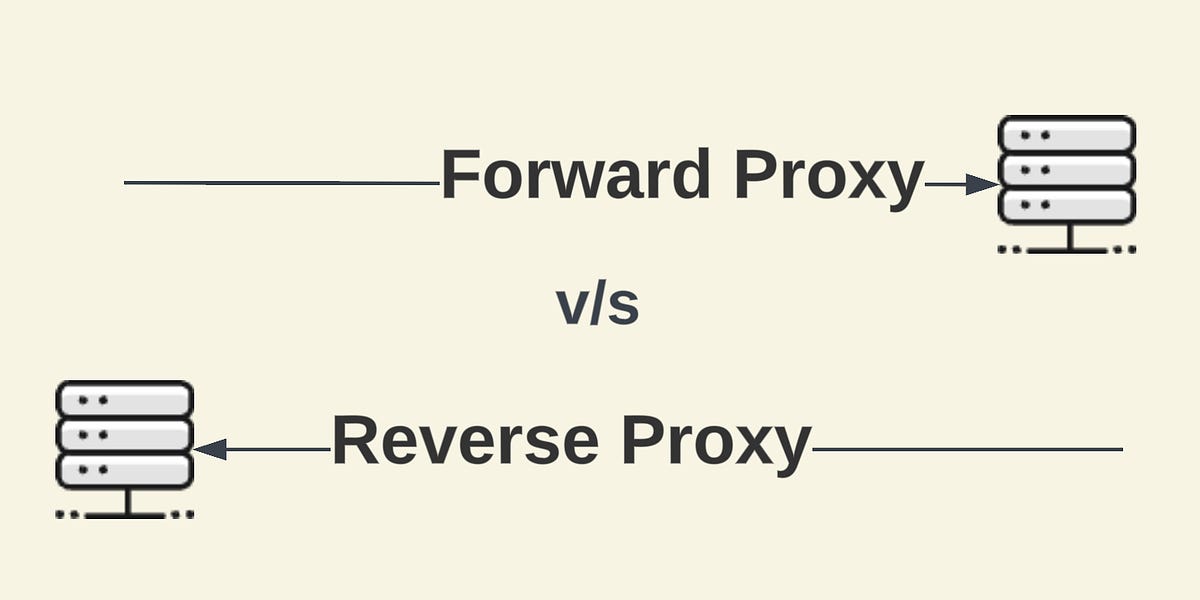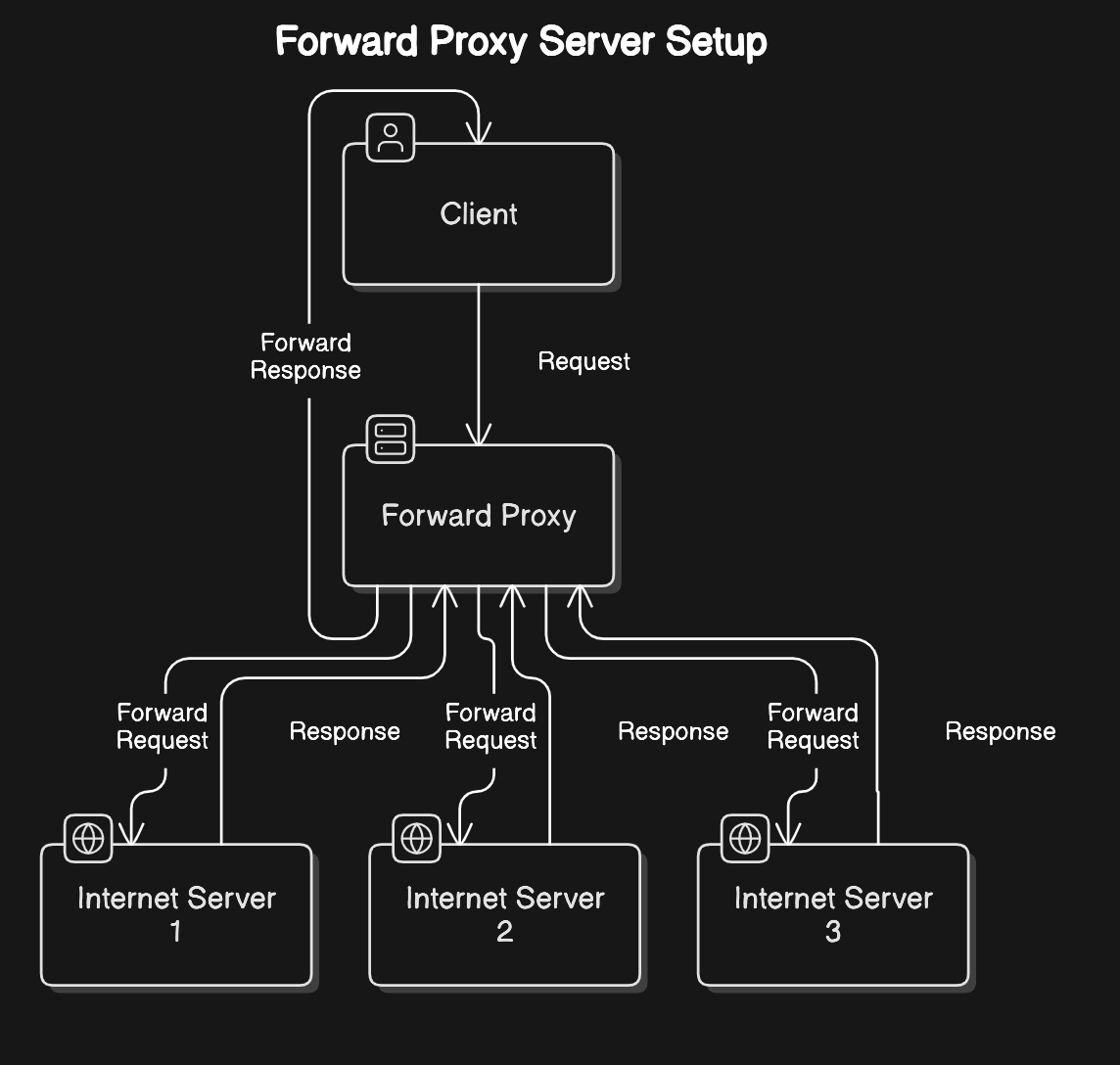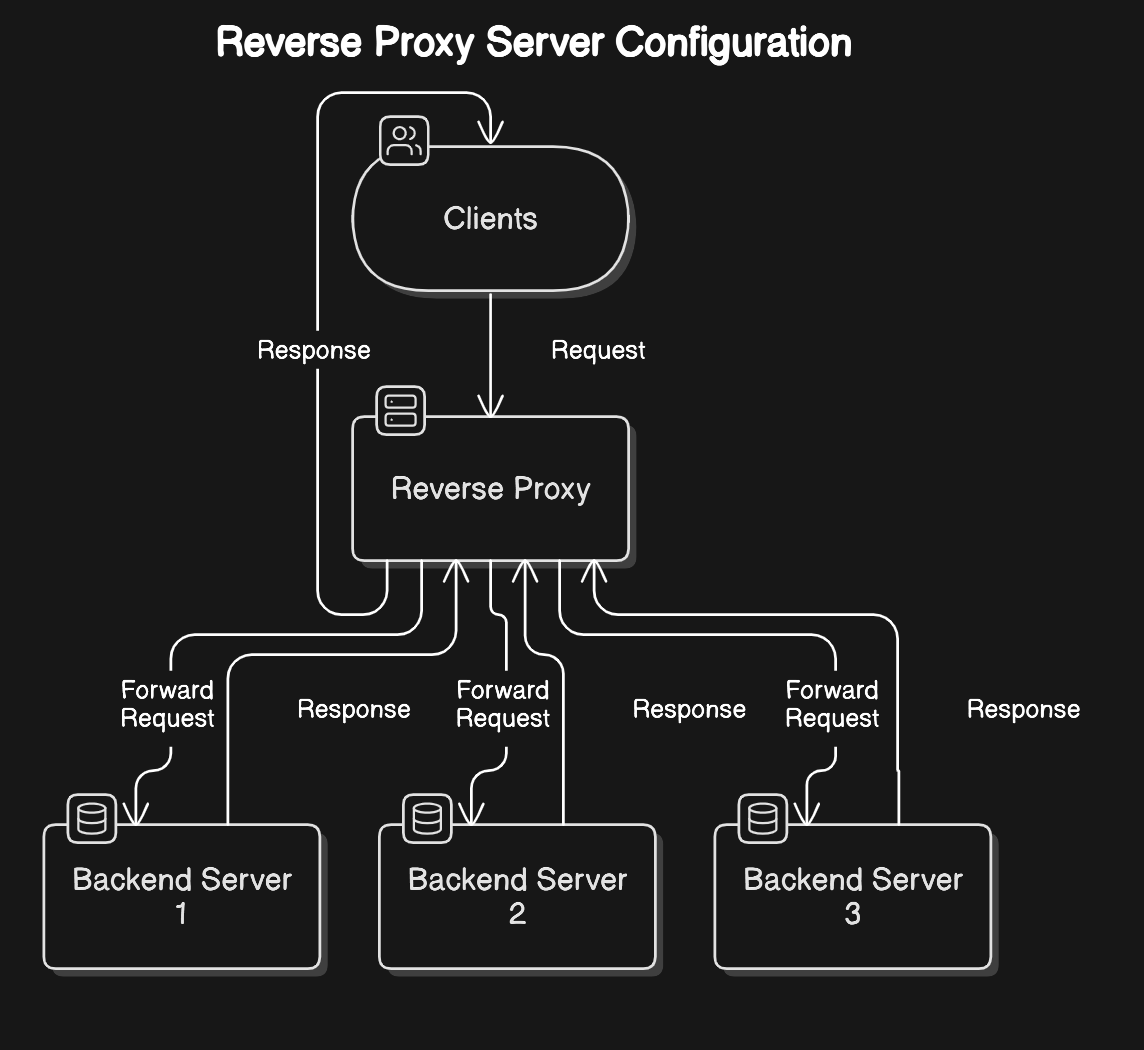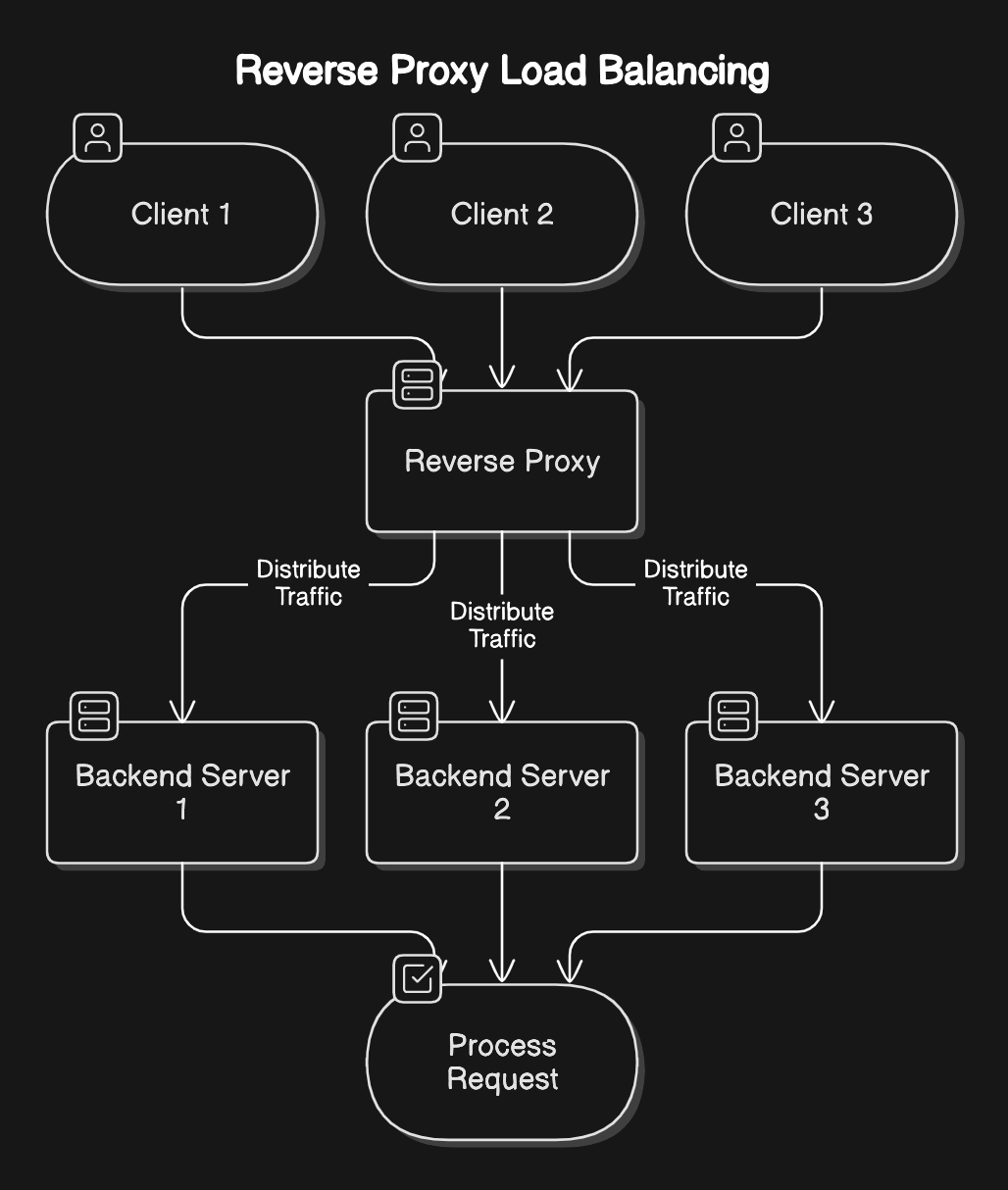Understanding Forward Proxy and Reverse Proxy Servers
 Darshan Atkari
Darshan Atkari
In today’s digital world, proxies are like gatekeepers for data, helping to control the flow of information and keep networks secure. You’ve probably heard of proxies before, but did you know there are two main types with different roles? These are forward proxies and reverse proxies. Although both act as middlemen between clients (like your computer) and servers (the websites or apps you access), they each have unique functions and serve distinct purposes. Let’s dive into what these proxies are all about, how they work, how they differ, and where they’re used.
What is a Proxy Server?
A proxy server is an intermediary server that separates end users (clients) from the servers they access. Acting as a middleman between clients and servers, a proxy server forwards requests from clients and retrieves responses from servers. This setup helps control and manage network traffic, increase security, and enhance privacy.
Forward Proxy
A forward proxy sits between a client and the internet, forwarding client requests to servers on behalf of the clients. It can be thought of as a gatekeeper for outgoing requests. Here’s how it works:
A user initiates a request to access a resource on the internet.
The request is sent to the forward proxy server, which forwards it to the destination server on behalf of the client.
The forward proxy receives the server's response and relays it back to the client.

Use Cases for Forward Proxies:
Internet access control: Organizations can restrict access to specific websites by routing internet requests through a forward proxy.
Privacy and anonymity: Forward proxies can mask the client’s IP address, providing greater anonymity for users.
Data caching: By caching responses, forward proxies reduce load times and lower bandwidth consumption.
Reverse Proxy
A reverse proxy is an intermediary server that sits between client devices and the web servers of an organization. It intercepts client requests and forwards them to the appropriate server in the backend, then relays the response back to the client. Unlike forward proxies, reverse proxies work on behalf of servers rather than clients.
Here’s how a reverse proxy works:
A client makes a request to a website (e.g., example.com).
The reverse proxy receives the request and routes it to the appropriate server on the backend.
Once the server responds, the reverse proxy forwards the response to the client.

Use Cases for Reverse Proxies:
Load balancing: Reverse proxies can distribute client requests across multiple servers, optimizing performance and preventing any single server from being overloaded.
Enhanced security: Reverse proxies can inspect and filter client requests, blocking potentially malicious traffic before it reaches the backend servers.
SSL termination: Reverse proxies can handle SSL encryption and decryption, offloading this resource-intensive task from backend servers.

Key Differences Between Forward and Reverse Proxies
| Feature | Forward Proxy | Reverse Proxy |
| Position | Sits between clients and the internet, managing outgoing requests. | Sits between clients and internal servers, managing incoming requests. |
| Purpose | Protects client identity, manages client access, and optimizes outgoing requests. | Secures servers, balances load, and manages traffic distribution for backend servers. |
| Usage in Privacy | Masks client identity and IP address for privacy and security. | Primarily enhances server security by blocking direct access to backend servers. |
| Main Beneficiary | Primarily benefits the client’s side of the network. | Primarily benefits the server or the backend network. |
| Example Applications | Web filtering, user anonymity, accessing geo-blocked content. | Load balancing, SSL termination, traffic filtering, server anonymity. |
Forward Proxy vs. Reverse Proxy: How to Choose?
The choice between a forward proxy and a reverse proxy depends on your network needs:
Use a forward proxy if your primary goal is to control outgoing internet access, protect client privacy, or bypass geo-blocking.
Opt for a reverse proxy when you need to secure backend servers, balance server load, or manage incoming traffic effectively.
In many cases, organizations implement both types of proxies in their infrastructure to manage both outgoing and incoming requests, ensuring a secure and optimized environment for users and servers alike.
Advantages and Disadvantages
Forward Proxy
Advantages:
Improves privacy by masking client IPs.
Enhances security through access control.
Reduces bandwidth through caching.
Disadvantages:
Can slow down connection speed due to additional routing.
May be bypassed by savvy users, reducing effectiveness for content filtering.
Reverse Proxy
Advantages:
Enhances server security by blocking direct client access.
Balances load to prevent server overloading.
Simplifies SSL management for backend servers.
Disadvantages:
Adds complexity to the network infrastructure.
May introduce latency, depending on configuration and server distance.
Summary
Both forward and reverse proxies play essential roles in enhancing network security, optimizing traffic flow, and improving privacy. Forward proxies are tailored toward client-side control and privacy, while reverse proxies focus on server-side security and efficiency. Choosing the right proxy type will depend on your network's specific requirements and security objectives.
Subscribe to my newsletter
Read articles from Darshan Atkari directly inside your inbox. Subscribe to the newsletter, and don't miss out.
Written by

Darshan Atkari
Darshan Atkari
Hey there! I'm Darshan Atkari, a dedicated Computer Engineering student. I thoroughly enjoy documenting my learning experiences. Come along on my exciting journey through the world of technology!